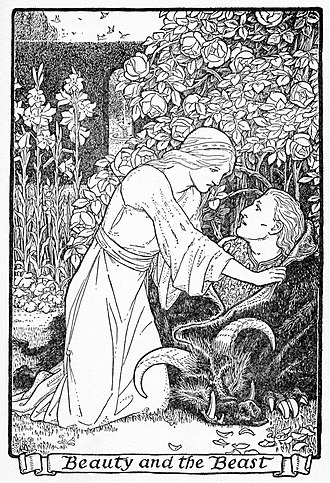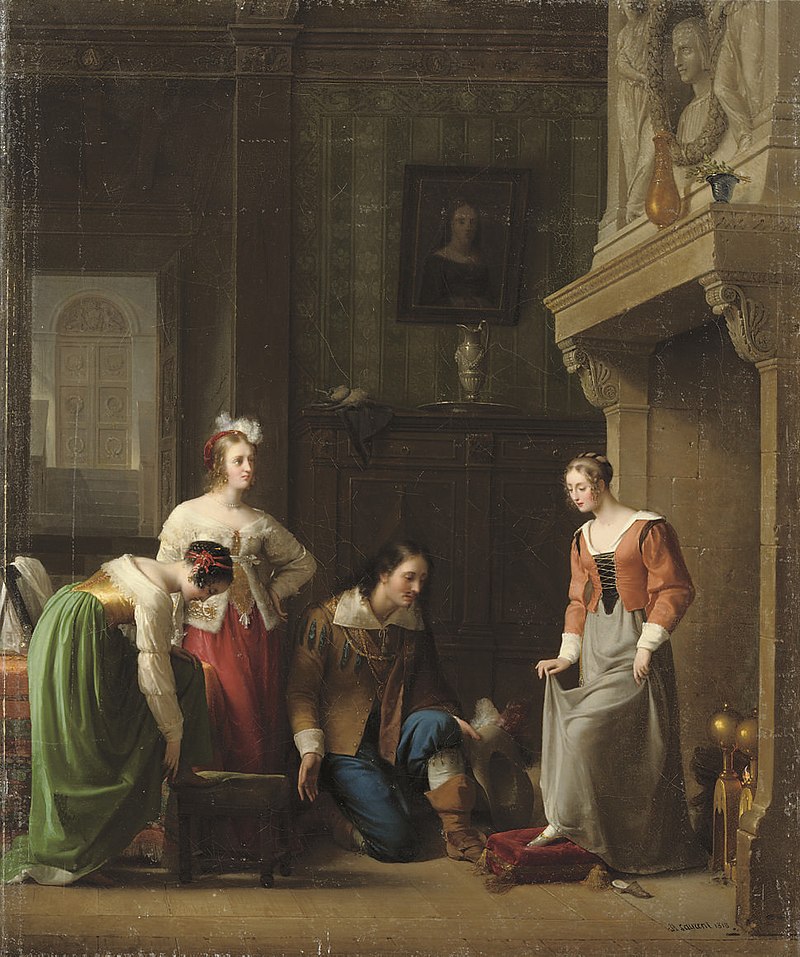“If you want your children to be intelligent, read them fairytales. If you want them to be more intelligent, read them more fairytales.”
– Albert Einstein
Fairy tales and Disney movies need no introduction. Also, it is not possible to explain the inspirational and creative impact created by fairy tales in our infant minds. Every culture has a treasure trove of fairy tales, intricately passed down from one generation to another.
But, how many of us know the real stories behind the fairy tales narrated to you. We need to understand that fairy tales have not come out of anywhere. The roots of fairy tales are real facts that are still breathing beneath the dust. There are many undocumented or unknown real events from the life of real people that are ingrained in the storyline. The storyteller has given a touch-up of imagination and creativity to transform them into fairy tales or stories.
Also, the big-screen Disney movies are an extended adaptation of the real-life stories of many people. Much of the real counterparts have got wiped from the memories of generations and the Disney versions are only known.
But, friends, believe me, sometimes the truth is stranger than fiction.
Let me share with you some of the exciting facts of a few fairy tales and Disney movies that I have discovered.

BEAUTY AND THE BEAST
This story was probably based on the tragic life of Petrus Gonsalvus. According to Refinery 29, in 1537 there was a boy named Petrus Gonsalvus. The village people regularly called him a beast because he had ‘hypertrichosis’, a condition that causes hair to grow all over the body. It is often referred to as “werewolf syndrome.” Due to his beasty appearance, he was kept in an iron cage, fed raw meat, and treated like an animal. At the age of 10 years old, he was sent to the King of France. The king took pity on him and decided to groom him as a nobleman. Gonsalvus grew up in the royal palace and was employed as a royal jester. After the death of the King, the Queen took charge of the royal duties. She found a suitable bride, Catherine for Petrus Gonsalvus, and they got married soon. However, that was the beginning of a forty-year-long relationship. It took some time for the beauty (Catherine) to fall in love with the beast (Petrus) and soon they had seven children – some of them were beast and some were just beautiful.
Snow White and Seven Dwarfs
It is mentioned in Mental Floss, that this story is based on the life of Margetha Von Waldeck in the mid-1500s. She lived in Waldeck, Germany with her father and stepmother. At the age of 17, she left her parent’s home fed up with the friction with her stepmother and started living in Brussels. It is said that King Philip II was attracted to her mesmerizing beauty and soft demeanor. Their love was viewed as a major threat to the then existing social stereotypes and some plotted to separate them. Finally, Margetha started falling ill due to slow poisoning and died at the age of twenty-one. There was no magic apple or the miracle of a true love’s kiss to wake her up again.
Frozen
Similarly, “Frozen” is based on Hans Andersen’s story of “The Snow Queen”. He conceptualized a princess with winter/snow/ice powers but the idea didn’t drop into his imagination. There are rumors that the acclaimed Swedish Opera singer Jenny Lind rejected Anderson’s romantic pursuits, and then he turned her into a Queen of Snow with a heart is made of ice.

Mulan
The origin of the story comes from an ancient Chinese poem titled the Ballad of Mulan. According to the real-life story of Mulan, she enlisted herself in the army instead of her ailing father. To protect her father, she dressed like a man and fought the horrific Mongolian tribes without any fear. She fought for more than 12 years and then, preferred to come back home and live a quiet life. There was no Shang to have a romantic affair or cozy rewards for a rich life.
The Pied Piper of Hamelin
In 1284, The German Town of Hamelin was experiencing rat infestation that caused many deaths. Many theories believed that Pied Piper was a personification of death and his rat-whispering abilities were a power that couldn’t be controlled by Hamelin anymore.
On the day of Saint Paul and John in 1284, it is believed that more than 130 children were missing or drowned to save the rest of the population from the plague.
The truth is somewhere in these lines of logic.

Cinderella
Here is the intriguing ancient Egyptian version of Cinderella’s story.
This happened in Egypt – the wealthiest land of the ancient world. The King (pharaoh) of the story was one of the Ptolemies; a Greek family descended from a general of Alexander the Great and rulers of Egypt from 305 to 30 BCE.
The lead character was a beautiful servant girl called Rhodopis. One morning, when she was bathing in the Nile River, an eagle – sent by the god Zeus – swooped down, snatched her sandal, and then dropped it into the lap of the king himself.
The pharaoh considered this to be a divine message from the Gods because this was something that never happened every day. The Egyptian priests treated it as a sign from heaven. All the royals and priests decided to search for the owner of the sandal and arranged for her marriage with the Pharaoh that made her the Queen of Egypt.
Hansel and Gretel
The story is connected on these lines. During a famine in 1315-1317 A.D, people not only killed their cattle but also left their skinny or orphan children in the woods to reduce the burden. Probably, it is believed that Hansel and Gretel were two of such children. Roaming in the forests they stumbled upon the home of an old baker known for ginger cookies and baked cookies. Jealous of her recipe and culinary skills, some people spread the rumor that she practiced witchcraft. As per the ancient beliefs, she was hunted down by the village people and burnt alive in her baking oven. However, the brother and sister living in her home managed to escape from the fire successfully.
So, what do you think about reading these real stories? Can you prove the truth embedded in these stories? Going ahead with your observations and logic, what other wild guess can you make about other fairy tales. Do you feel curious to gather more evidence and make another hypothesis?
Now, even you have the craft of creating fairy tales. Look at the people around you, with a basic storyline and some magic, even you can turn them into characters of fairy tales. Write a story, say it aloud, and share it with your little friends. This may or may not be the best but you can have fun, and enjoy turning your friends or critics into true fairy characters.
These stories weaved with yarns of creativity and imagination are the only gulfs between real life and fictional life that show us that the world is not black and white.
“Yes, Indeed, It’s an enchanted world”

